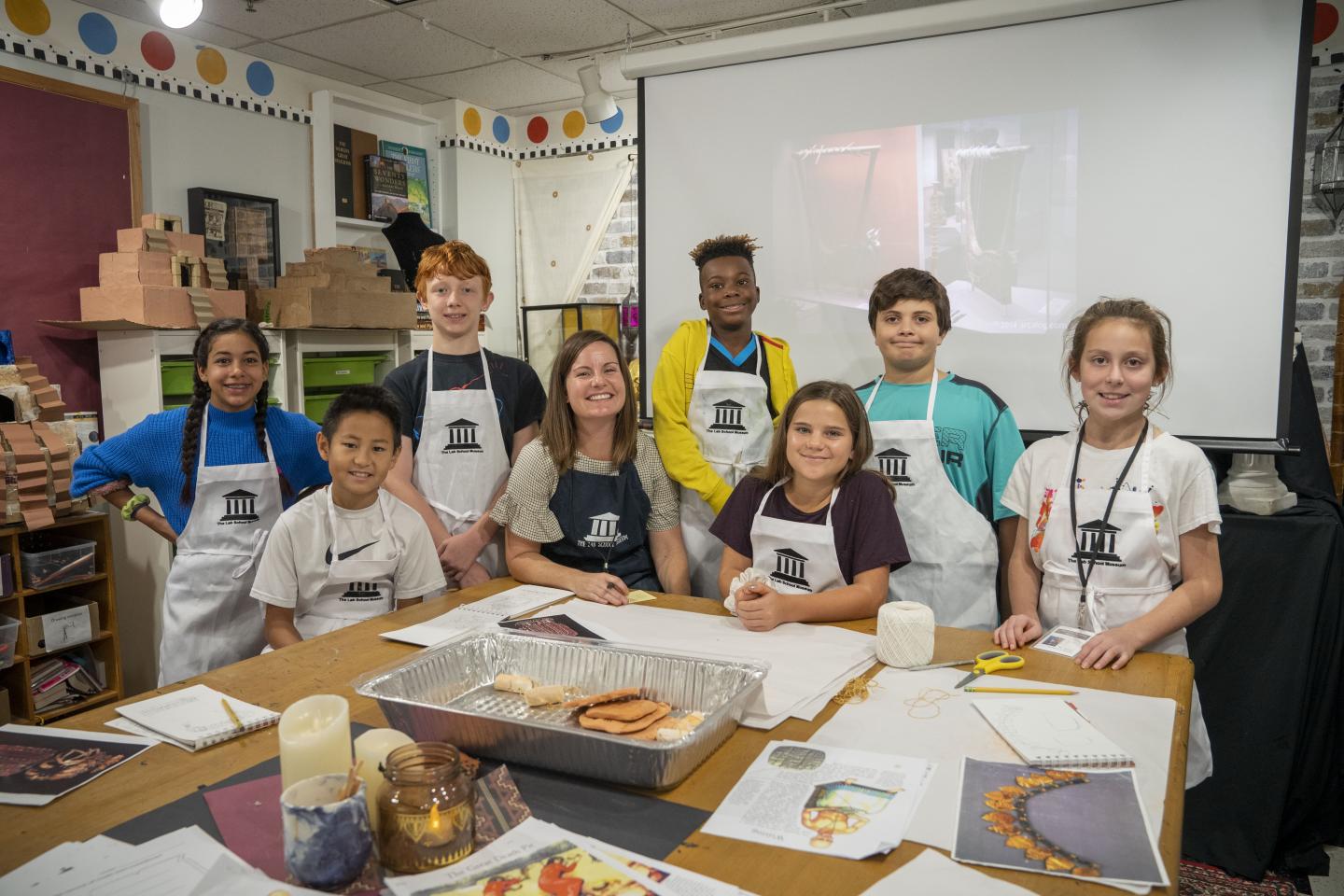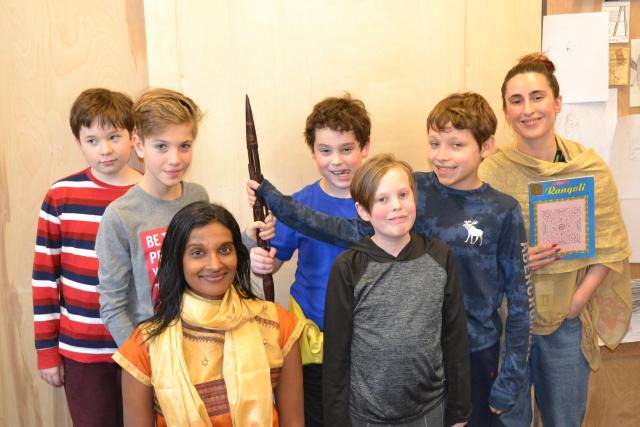

Academic Club Teachers
Teaching Difficult Histories
“When you are teaching both the negative and positive of history, and through various perspectives, you are also teaching empathy, kindness, and tolerance.”
— Ms. Procopio
Open any traditional history textbook and who graces most of the pages? Men. White men. If there are women, people of color, or marginalized groups, they are most likely relegated to a sidebar, an add-on, an annotation.
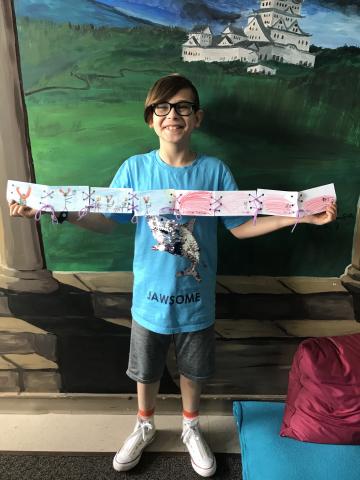
Elementary and Intermediate Academic Club Teachers Sara Hawkins, Micaela Procopio, and Liora Valero are changing that in their classrooms. Expanding what they teach beyond the Eurocentric lens of history, they are offering a far more rich and worldly view, one that incorporates many stories and perspectives. “Topics like slavery, the Holocaust, the annihilation of the Native Americans are difficult histories to teach young students, but avoiding tough topics is more of a disservice than talking honestly, albeit age-appropriately,” says Ms. Hawkins, Intermediate Museum Club teacher.
“The best way to teach history includes the positive and negative with humanity at the center,” says Ms. Procopio, Elementary Knights and Ladies Club teacher, who recently completed her Master’s in Public History with an emphasis on the Holocaust. “You can’t teach only the horrors of the Holocaust or slavery without including some of the bits of humanity like the people who fought in the Resistance against the Nazis or how the culture of music among slaves served as a collective source of strength. It’s not that these examples negate in any way the atrocity of the historical situation, but it shows that in traumatic experiences, people can still hold onto their humanity.”
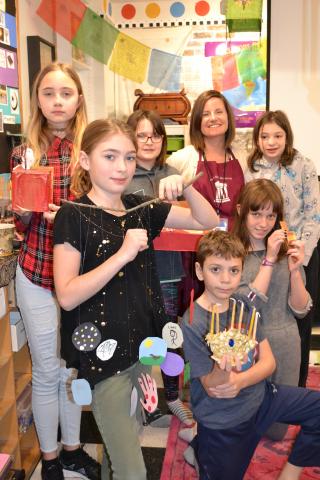
Ms. Valero, Intermediate Renaissance Club teacher says, “What works so incredibly well in the Academic Clubs is that these difficult topics arise organically. We have had a few ‘visiting stars’ to our club, including, for example, Queen Rani of the Chitoor Kingdom (played by Intermediate Reading Specialist Ranjini Richards) who answered the students’ questions about how she was able to fight against British colonization and how her struggle compares to that of other characters the Club has learned about.“
While widening our historical lens and telling the whole story, we can also model empathetic behavior,” Ms. Valero adds. “I can say, ‘I’m sad this happened. It doesn’t make sense,’ when students ask ‘Why, why would people do that to each other?’ It’s okay to feel dis-comfort, to learn that everything can’t be fixed or folded into a tidy box. But we, as teachers, as guides, are there to help them unpack the information so they understand it as 10, 11 year olds.”
“Questions and discussions come up naturally, em-powering for our students because the stories are being told within the big picture, and in a place where it’s safe to ask tricky questions.”
— Ms. Valero
To offer a more worldly view of these periods in history, Ms. Hawkins, Ms. Procopio, and Ms. Valero are adding more diverse characters. When applicable, they are teaching their histories geographically rather than chronologically, providing them with a more expansive lens. And they are exploring forgotten histories and high-lighting the importance of refugees, immigrants, and those often left out of history.
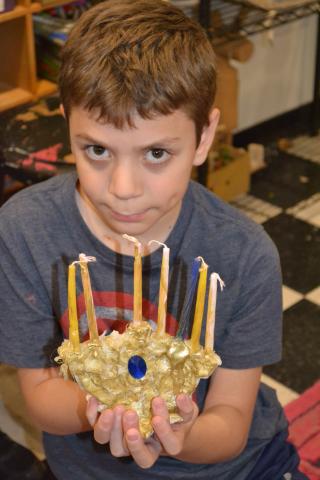
“They may be young, but these kids are perceptive, they’re big thinkers,” says Ms. Procopio. “Each of the historic periods in the Clubs have tragic events, horrific, shameful events that no one wants to think about, but need to be thought about and talked about so that history does not repeat itself. My students make parallels, asking pointed questions like ‘Why are some groups of people mean to other groups just because they’re different?’ ‘Why won’t countries let people in from other countries?’ When they play a character in club, they become that historical figure. They walk in that person’s metaphorical shoes and feel the power or the pain of his or her experiences. And from there, they can make connections in their own lives and start to see their own experiences not only from their own perspective but from that of others.”
“Teaching perspective-taking is powerful.”
— Ms. Hawkins
